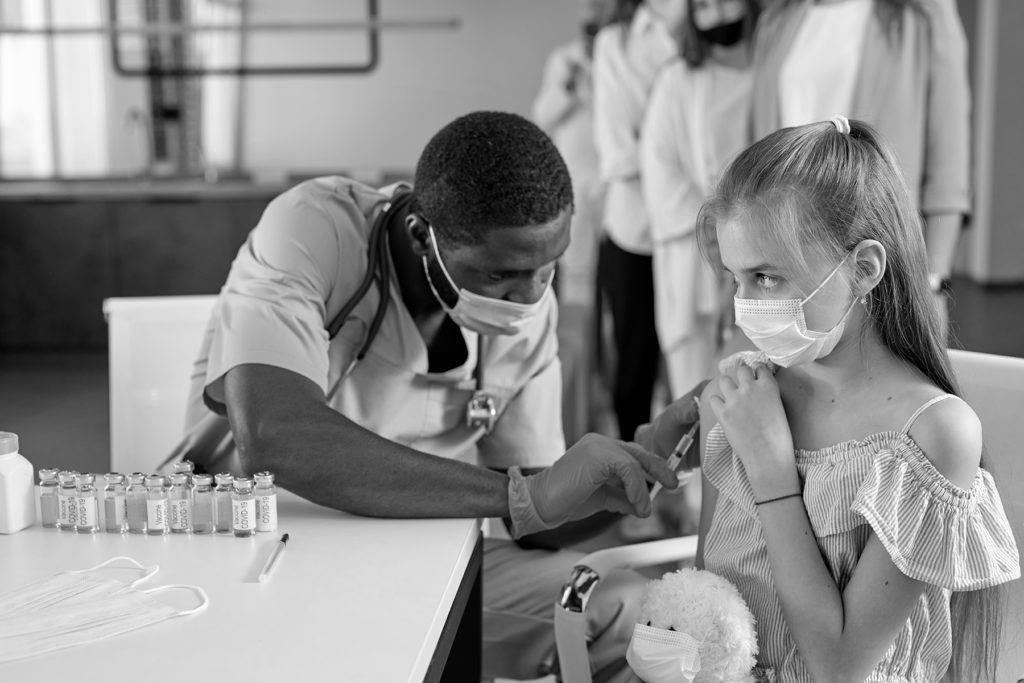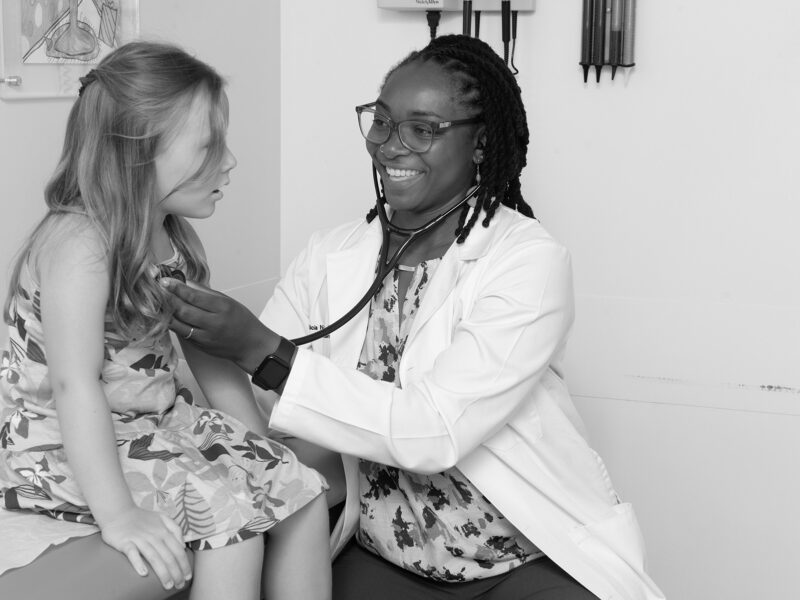Myopericarditis After COVID-19 Vaccination
Myopericarditis After COVID-19 Vaccination https://pediatricsnationwide.org/wp-content/uploads/2021/09/AdobeStock_443907137HRBW-1024x683.jpg 1024 683 Katie Brind'Amour, PhD, MS, CHES Katie Brind'Amour, PhD, MS, CHES https://pediatricsnationwide.org/wp-content/uploads/2021/03/Katie-B-portrait.gif- January 30, 2023
- Katie Brind'Amour, PhD, MS, CHES

A meta-analysis of international studies offers more detailed insight into the severity and outcomes of vaccine-related myopericarditis in the adolescent and young adult population.
Concerns over myopericarditis and other cardiovascular complications in teens and young adults have gained considerable media attention. While myopericarditis-related data have been well characterized in adults with and without vaccination, the severity and outcomes of myopericarditis in adolescents and young adults had not been explored in detail in multi-institutional studies or international populations until the release of a recent systematic review and meta-analysis in JAMA Pediatrics.
“Vaccine-associated myocarditis is a rare adverse event, but it can be a lethal and severe complication of vaccination,” says Jun Yasuhara, MD, who worked as a post-doctoral scientist in the Center for Cardiovascular Research at Nationwide Children’s Hospital at the time of the research. He now serves as a cardiology fellow at the Royal Children’s Hospital. “We wanted to assess and investigate the clinical picture of what was happening in this younger age group to see if it could inform decision-making about vaccinating this age group.”
The analysis included 23 studies and 854 individuals ages 12 to 20 with COVID-19 vaccine-associated myopericarditis. It revealed that 90.3% were male and that incidence of myopericarditis was more common after the second vaccine dose than the first (74.4% vs 25.6%).
Nearly 93% of the patients with myopericarditis were admitted to the hospital for testing, with an average length of stay of 2.8 days and no deaths or mechanical support required. Most patients had preserved left ventricular (LV) function, but 15.6% had LV dysfunction — 14.1% were mild cases and 1.3% were considered severe. Late gadolinium enhancement was observed in 87.2% of patients, which could indicate more problematic cardiac effects despite their good outcomes.
Physiologically, the reasons behind increased incidence after vaccination (compared to a non-infected and unvaccinated baseline) — particularly after a second dose — and among males are unknown. The authors stress that other publications indicate a higher risk of myopericarditis caused by COVID-19 infection than by the vaccines.
“Now there is a big focus on figuring out what the long-term outcomes are among kids with vaccine-associated myocarditis, especially among those with late gadolinium enhancement,” says Simon Lee, MD, a pediatric cardiologist at The Heart Center at Nationwide Children’s and a co-author of the study. “Our research showed that at least in the short term, they usually have no major issues.”
Dr. Lee, Dr. Yasuhara and their team have also published several other meta-analyses on COVID-19- or vaccine-related health complications in children, including a recent JAMA Pediatrics article on the topic of efficacy and safety of vaccination among children aged 5-11 years in preventing symptomatic COVID-19, hospitalizations and multisystem inflammatory syndrome in children (MIS-C).
References:
- Yasuhara J, Masuda K, Aikawa T, Shirasu T, Takagi H, Lee S, Kuno T. Myopericarditis after COVID-19 mRNA vaccination among adolescents and young adults: A systematic review and meta-analysis. JAMA Pediatrics. 2023;177(1):42–52.
- Watanabe A, Kani R, Iwagami M, Takagi H, Yasuhara J, Kuno T. Assessment of efficacy and safety of mRNA COVID-19 vaccines in children aged 5 to 11 Years: A systematic review and meta-analysis. JAMA Pediatrics.Published online 23 Jan 2023. doi:10.1001/jamapediatrics.2022.6243
About the author
Katherine (Katie) Brind’Amour is a freelance medical and health science writer based in Pennsylvania. She has written about nearly every therapeutic area for patients, doctors and the general public. Dr. Brind’Amour specializes in health literacy and patient education. She completed her BS and MS degrees in Biology at Arizona State University and her PhD in Health Services Management and Policy at The Ohio State University. She is a Certified Health Education Specialist and is interested in health promotion via health programs and the communication of medical information.
-
Katie Brind'Amour, PhD, MS, CHEShttps://pediatricsnationwide.org/author/katie-brindamour-phd-ms-ches/April 27, 2014
-
Katie Brind'Amour, PhD, MS, CHEShttps://pediatricsnationwide.org/author/katie-brindamour-phd-ms-ches/April 27, 2014
-
Katie Brind'Amour, PhD, MS, CHEShttps://pediatricsnationwide.org/author/katie-brindamour-phd-ms-ches/April 27, 2014
-
Katie Brind'Amour, PhD, MS, CHEShttps://pediatricsnationwide.org/author/katie-brindamour-phd-ms-ches/April 28, 2014
- Posted In:
- Clinical Updates
- In Brief
- Research







